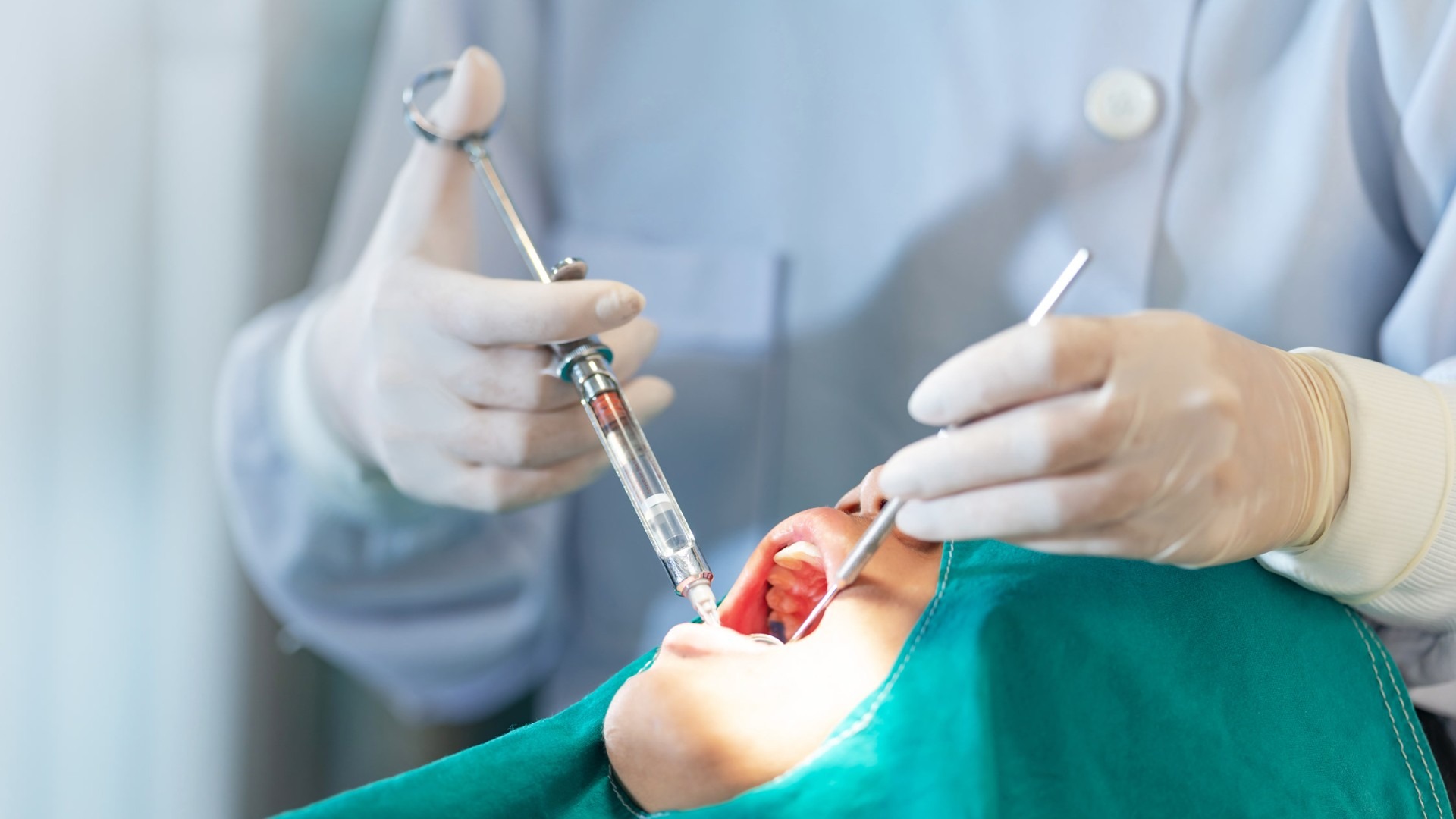
Understanding Tooth Abfraction: An Unseen Threat to Oral Health
Tooth abfraction is a dental issue often shrouded in misconceptions, yet it plays a crucial role in the oral health of individuals, particularly among adults aged 40-70. Knowing its causes, symptoms, and preventive measures is imperative for maintaining a healthy smile as we age.
What is Tooth Abfraction?
Tooth abfraction occurs at the gumline, causing the enamel to wear away and produce small, V-shaped notches. These notches are often mistaken for cavities but arise due to mechanical stresses on the tooth, such as grinding or clenching. The understanding of this condition is critical for middle-aged adults, as they are increasingly likely to encounter issues like bruxism (teeth grinding) or gum recession.
The Silent Causes of Tooth Abfraction
Tooth abfraction is propelled by several common habits and conditions, including:
Bruxism - or teeth grinding - inflicts significant stress on teeth.
Aggressive brushing techniques can erode enamel and exacerbate the problem.
Malocclusion, or dental misalignment, can create uneven pressure during chewing.
Daily stresses, including poor posture, often go unnoticed but can lead to uneven biting forces.
Each of these factors can contribute to the gradual demise of dental structures, underlining the importance of good oral hygiene and attentive dental care.
Common Symptoms of Tooth Abfraction
While tooth abfraction can be subtle at first, its symptoms can manifest as:
Sensitivity, particularly to hot or cold.
Pain when biting or chewing.
Visible notches at the gumline, which may become a source of embarrassment.
Increased sensitivity along the gumline.
Potential cracks or fractures that could signal more advanced issues.
Recognizing these symptoms early can prevent further damage and promote timely treatment, making regular dental visits essential.
Effective Prevention Strategies
The prevention of tooth abfraction is not only feasible but also essential. Here are ways to protect your teeth:
Utilize a soft-bristled toothbrush and adopt a gentle brushing technique to minimize wear.
If you grind your teeth, especially at night, consider investing in a mouthguard.
Incorporate stress management techniques into your daily routine to alleviate clenching.
Seek out professional orthodontic evaluations to address any malocclusion issues.
Maintain regular check-ups to catch potential signs of abfraction early on.
By adopting these habits, adults can significantly reduce their risk of developing tooth abfraction and other related dental issues.
The Importance of Awareness
Understanding tooth abfraction shapes how individuals approach their oral health, particularly for those nearing retirement. Awareness empowers effective dialogue with dental professionals about preventing and treating this condition. Being proactive can lead to substantial savings in potential restorative work and improve quality of life.
Conclusion: Take Action for Your Oral Health
Tooth abfraction is a reminder of the delicate balance required to maintain good dental health as we age. By being aware of its causes and proactively addressing symptoms, we can ensure our stunning smiles endure. Consult your dentist if you notice any signs of tooth abfraction and take the essential steps towards a healthier future. Your smile is valuable—carry this wisdom forward!
 Add Row
Add Row  Add
Add 




Write A Comment